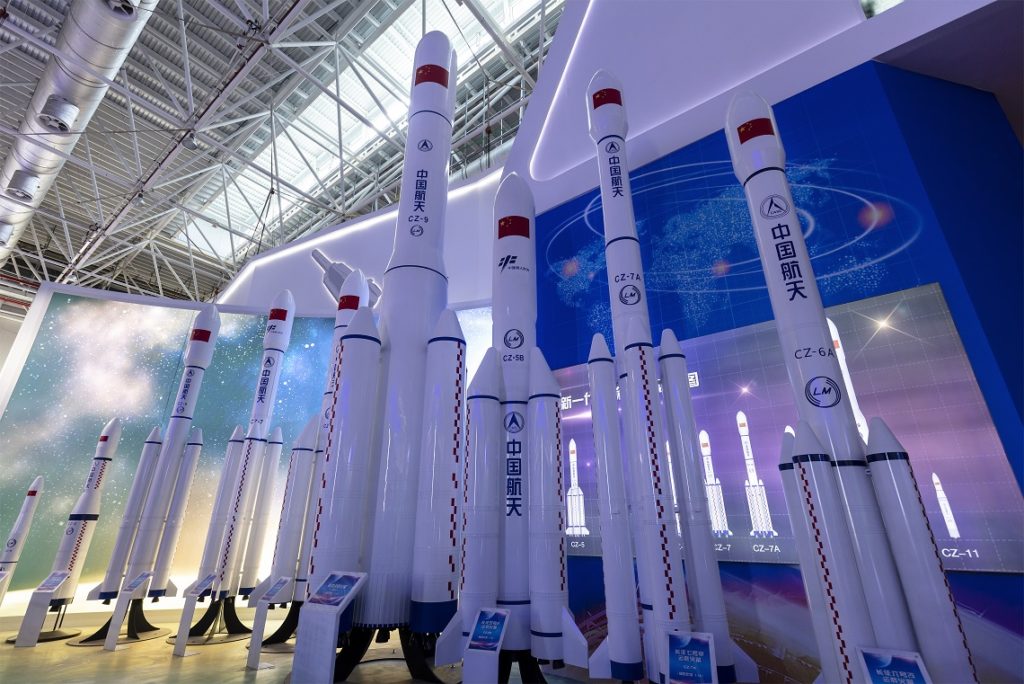
China is building their own space station. On 4/28/21 they successfully launched the first of three main components.
4/28/21 – Space.com – China launches core module of new space station to orbit – The central component of the space station is called Tianhe, for Harmony of the Heavens. This module is 54 feet long. Two more sections, each of them 47 feet long, will be launched. The basic station will be assembled by the end of 2022.
A Long March 5B heavy-lift rocket launched the space station.
A cargo launch will go to the station next month with three astronauts arriving in June.
This is not the first space station China has put in orbit. The first one, Tiangong-1, back in 2011 had visits from two crews of three astronauts each before it reentered the atmosphere and was burned up.
The second space station, Tiangong-2, went up in 2016. Article only indicates that one crew went to the station. There were three unmanned vessels that launched to refuel the station. Tiangong-2 reentered the atmosphere and burned up in July 2019.
The Chinese Space Station (CSS) will weigh in at 100 tons compared to the ISS at 460 tons. CSS is designed to hold three astronauts with the ISS designed for routinely up to seven.
More background…
4/21/21 – Scientific American – China Is Set to Launch First Module of Massive Space Station – Ten more launches will be needed to lift the major modules and all the cargo to finish the station.
Another module could be added to the three in the initial plan. The station is designed to operate for 10 years.
Article describes the capabilities for experiments, which includes lots of refrigerators and 15 docking stations on exterior of the spaceship to have experiments run while exposed to space.
Article provides a recap of progression of the Chinese manned space program.
First they developed crewed space flight capability, called the Shenzhou missions.
Then they fielded the two small space stations, Tiangong-1 and Tiangong-2, mentioned earlier.
Now they’re in the process of building out the CSS.
Next they will launch a huge, Hubble-size telescope which will be parked in the same orbit as CSS only located a few hundred kilometers away. Why nearby in the same orbit? This will allow maneuvering the telescope towards CSS and docking it there if needed. This will allow easy maintenance, refueling, and repair of the telescope.